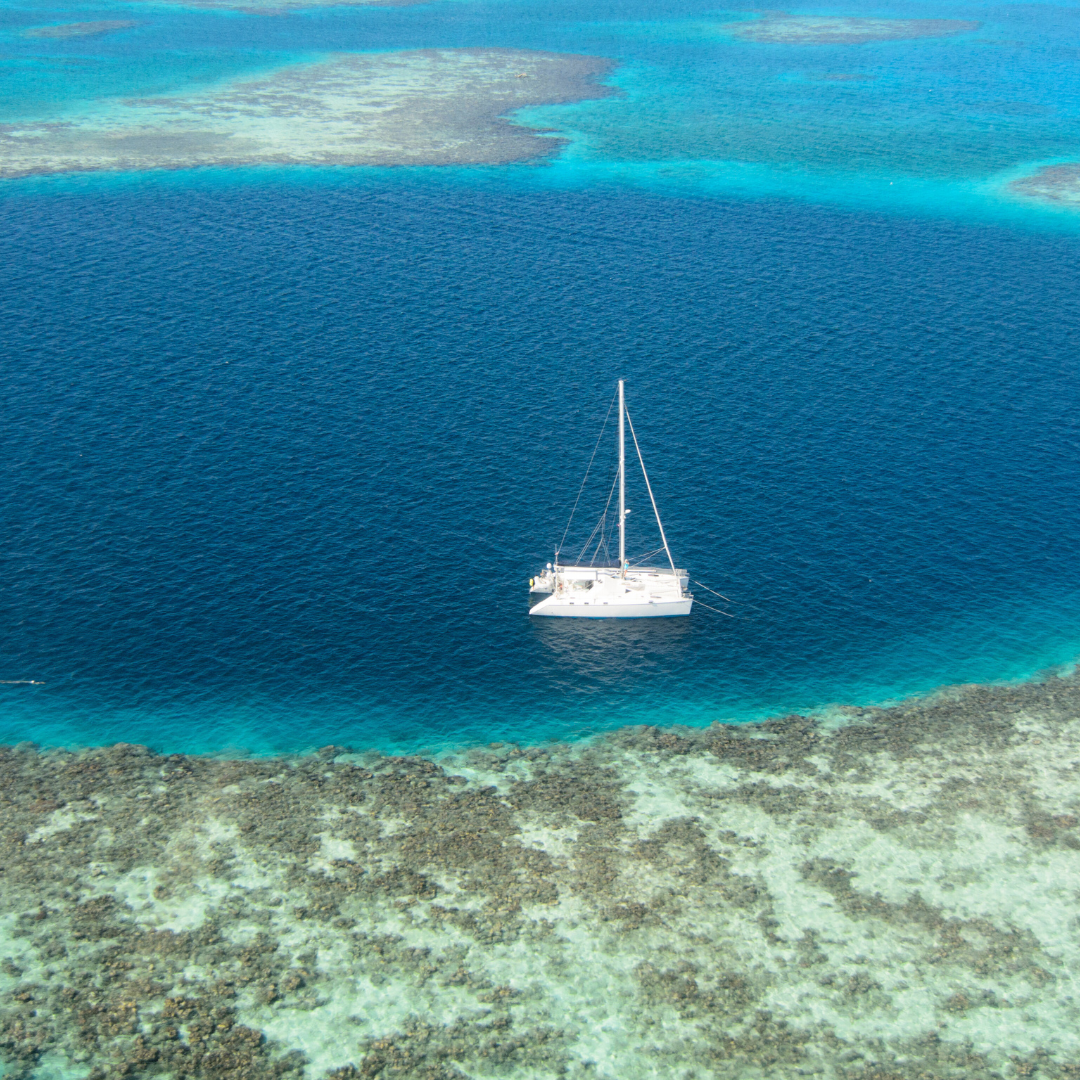Belize Barrier Reef Odyssey: Sailing the World’s Second Largest Coral System

Set against the shimmering Caribbean Sea, the Belize Barrier Reef is a vibrant tapestry of marine biodiversity, resplendent colors, and extraordinary formations. As the world’s second-largest coral system, this mesmerizing underwater wonder offers endless adventures for sailors, divers, and nature enthusiasts alike. This article embarks on an odyssey into the heart of the Belize Barrier Reef, shedding light on its ecological wonders, conservation efforts, and the myriad marine life it nurtures.
The Magnitude and Magic of the Belize Barrier Reef
Spanning over 190 miles along Belize’s coastline, this reef system is a part of the larger Mesoamerican Barrier Reef System. But what sets the Belize Barrier Reef apart is its sheer diversity. It boasts more than 100 types of coral and over 500 species of fish, making it an essential global marine biodiversity hotspot.
Iconic attractions such as the Great Blue Hole, a colossal submarine sinkhole, add to the reef’s allure. While the dazzling turquoise waters invite sailors to navigate its expanse, beneath the surface lies a world teeming with life, from the delicate sea fans swaying with the current to the majestic whale sharks that occasionally pass through.
Ecosystem Explained: Beyond the Coral Formations
While corals are the reef’s backbone, providing structure and shelter, the ecosystem extends beyond these calcium carbonate sculptures. Seagrass beds, mangrove forests, and sandy lagoons play pivotal roles in maintaining ecological balance. These habitats provide breeding grounds, nourishment, and refuge for countless marine organisms, from juvenile fish to endangered turtles.
Microscopic zooxanthellae, symbiotic algae residing in coral polyps, play a vital role by photosynthesizing and supplying corals with essential nutrients. This delicate balance, however, can be easily disrupted, leading to phenomena like coral bleaching.
Best Spots for Snorkeling and Diving
The reef presents a mosaic of dive spots, each with its unique charm. The aforementioned Great Blue Hole offers a surreal experience for advanced divers, while the Hol Chan Marine Reserve teems with nurse sharks and stingrays, perfect for snorkelers.
Ambergris Caye and Caye Caulker are both gateways to underwater paradises, featuring pristine coral formations and vibrant marine life. From mellow snorkeling sites like Shark Ray Alley to the challenging depths of Turneffe Atoll, the Belize Barrier Reef caters to adventurers of all skill levels.
Conserving the Reef: Marine Protected Areas and Their Importance
To safeguard this natural treasure, Belize has established several Marine Protected Areas (MPAs). These regions, such as the South Water Caye Marine Reserve, regulate human activities, ensuring minimal disruption to marine ecosystems. By controlling overfishing, anchoring, and other potentially damaging activities, MPAs provide the reef with a fighting chance against anthropogenic threats.
Navigational Challenges and How to Overcome Them
Sailing the Belize Barrier Reef is not without its challenges. Shallow waters, submerged coral heads, and unpredictable currents necessitate vigilant navigation. Skippers are advised to rely on up-to-date charts and GPS systems, and when in doubt, employ the services of a local pilot or guide. Daylight navigation is also recommended, as the sun illuminates potential underwater hazards.
The Interplay of Marine Life: From Colorful Fish to Gentle Manatees
One of the reef’s hallmarks is its breathtaking marine diversity. Queen angelfish, parrotfish, and vibrant nudibranchs flit between corals. Meanwhile, the seagrass beds harbor the elusive seahorses and the gentle West Indian manatees. Every niche of this ecosystem resonates with life, painting a mesmerizing tableau of movement, colors, and sounds.
Impact of Climate Change on the Belize Barrier Reef
Unfortunately, this marine sanctuary faces significant threats from climate change. Rising sea temperatures lead to coral bleaching, while acidification threatens coral structures. Frequent storms and sea level rise further stress this fragile ecosystem. Awareness, conservation efforts, and sustainable practices are vital for preserving the reef for future generations.
The Belize Barrier Reef is not just an underwater spectacle but a testament to nature’s wonders. From the intricate tapestry of its marine life to the tireless conservation efforts underway, the reef stands as a beacon for marine preservation globally. By understanding, respecting, and cherishing this gem, humanity can ensure that its magic endures for eons to come.


